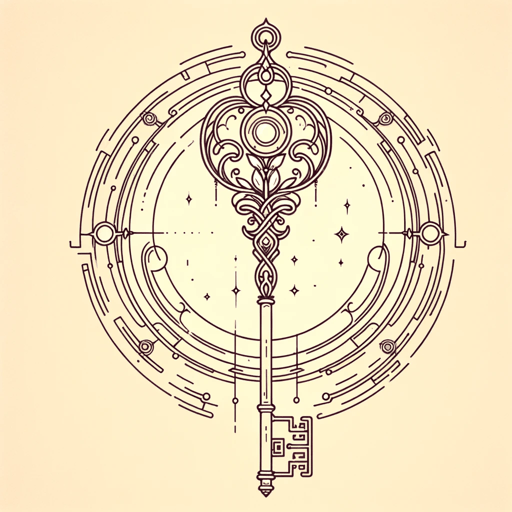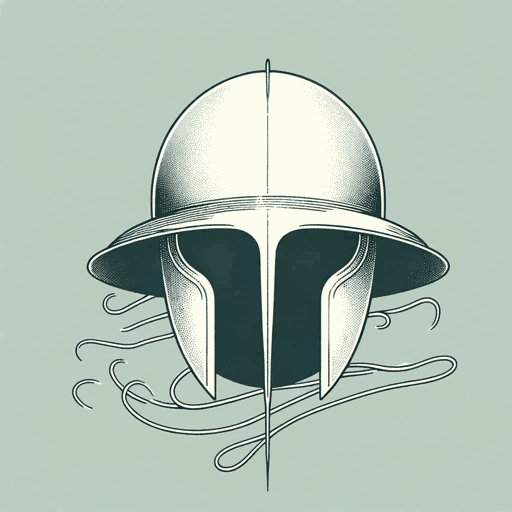86 pages • 2 hours read
Neil GaimanNorse Mythology
Fiction | Novel | Adult | Published in 2017A modern alternative to SparkNotes and CliffsNotes, SuperSummary offers high-quality Study Guides with detailed chapter summaries and analysis of major themes, characters, and more. For select classroom titles, we also provide Teaching Guides with discussion and quiz questions to prompt student engagement.
Themes
Self-Fulfilling Prophesy and the Inevitability of Fate
After sacrificing his eye in order to drink from Mimir’s well of knowledge, Odin is granted the ability to see into the future. The loss of Odin’s eye indicates that all gain must come with some sacrifice. However, Odin’s knowledge of the future is not absolute; his prophecies come in the form of dreams, and even the all-father cannot fully decipher every bit of a dream’s meaning, which is ultimately what leads to Odin’s undoing. The prophesies covered in this collection all turn out to be self-fulfilling.
Odin has a vision that tells him Loki has been unfaithful to his wife and sired three children with the giantess, Angrboda. He interprets the dream to mean that Hel, Fenrir, and Jormungundr will all have an important role in bringing about the end of the world. Odin makes the decision to banish Hel, release Jormungundr into the ocean, and bind Fenrir. Because Odin is limited to his interpretation of the visions that his dreams bring, it is his actions that turn these visions into prophesy. This suggests a major difference between knowledge and wisdom: Wisdom is the ability to interpret knowledge. Unfortunately, it is Odin’s interpretation of his knowledge that helps bring about his own death and the end of the world.
Related Titles
By Neil Gaiman

American Gods
Neil Gaiman

Anansi Boys
Neil Gaiman

Coraline
Neil Gaiman

Fortunately, the Milk
Neil Gaiman

Good Omens: The Nice and Accurate Prophecies of Agnes Nutter, Witch
Neil Gaiman, Terry Pratchett

How to Talk to Girls at Parties
Neil Gaiman

Neverwhere
Neil Gaiman

October in the Chair
Neil Gaiman

Stardust
Neil Gaiman

The Graveyard Book
Neil Gaiman

The Ocean at the End of the Lane
Neil Gaiman

The Sandman Omnibus Vol. 1
Neil Gaiman

The Sleeper and the Spindle
Neil Gaiman

